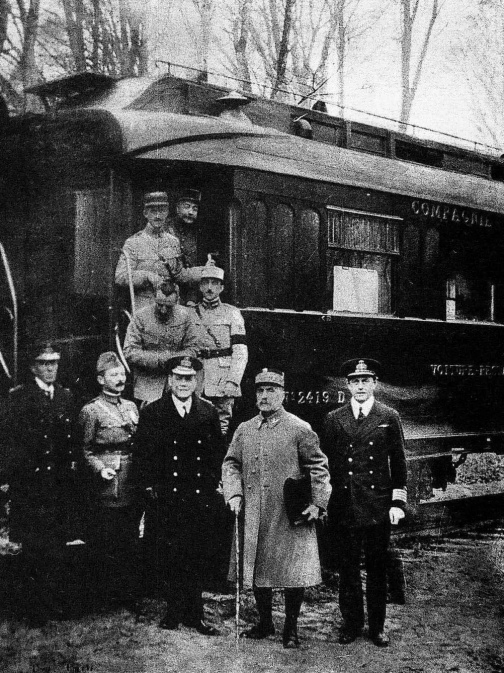Terms of the Armistice
The Armistice signed by Germany on 11 November 1918 officially ended World War One. It came after 72 hours after the German peace delegation had arrived at a railway siding in Compiegne Forest to discuss the terms for an armistice. However, they soon discovered that there was no room for negotiation. Allied Supreme Commander Ferdinand Foch had laid out the terms of the armistice and the Germans, led by Matthias Erzberger, had no choice but to agree. Moreover, Germany was facing increasing pressure for an end to the war, with chronic food shortages resulting in social unrest at home

The Main Terms were:
- All occupied lands in Belgium, Luxembourg, and France – plus Alsace-Lorraine, held since 1870 by Germany – were to be evacuated within 14 days.
- The Allies were to occupy land in Germany to the west of the River Rhine and bridgeheads on the river’s east bank up to a depth of 30 kilometres.
- German forces had to be withdrawn from Austria-Hungary, Romania, and Turkey.
- Germany was to surrender to neutral or Allied ports 10 battleships, six battle cruisers, eight cruisers, and 160 submarines.
- Germany was also to be stripped of heavy armaments, including 5,000 artillery pieces, 25,000 machine guns, and 2,000 airplanes.
- The naval blockade would continue.
- 5,000 locomotives, 150,000 railway cars, and 5,000 trucks would be confiscated from Germany.
- Germany would be blamed for the war and reparations would be paid for all damage caused.
Many of these terms were to form the basis of the Treaty of Versailles.
MLA Citation/Reference
"Terms of the Armistice". HistoryLearning.com. 2024. Web.
